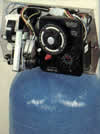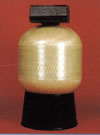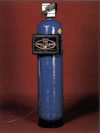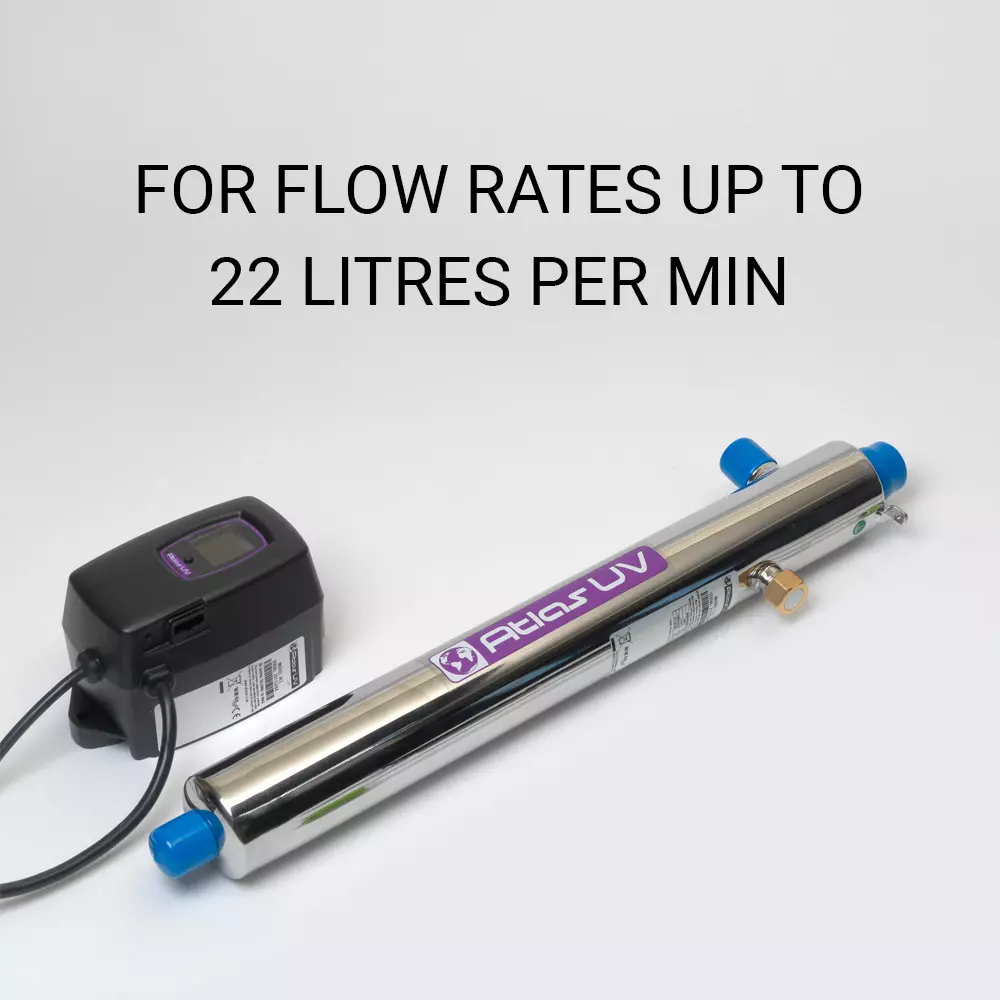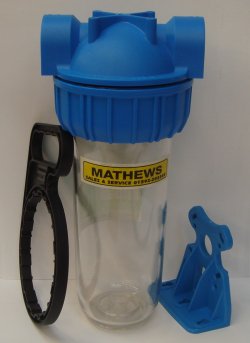Water Treatment
Groundwater from wells and boreholes is subject to impurities picked up from rock-strata, such as iron and calcium. Mains water is additionally subject to chemical contaminants from pesticides and industrial pollution and to other impurities from the recycling process. The most common problem is scale, the solution being a simple ion-exchange softener. However to solve your own water supply problems, you often need the accurate analysis and professional chemical and engineering skills that we can provide. . |  |

WATER TREATMENT
Groundwater from wells and boreholes is subject to impurities picked up from rock-strata, such as iron and calcium. Mains water is additionally subject to chemical contaminants from pesticides and industrial pollution and to other impurities from the recycling process. The most common problem is scale, the solution being a simple ion-exchange softener. However to solve your own water supply problems, you often need the accurate analysis and professional chemical and engineering skills that we can provide.
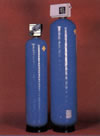
IRON, MANGANESE & ALUMINIUM REMOVAL
This process uses oxygen to render the contaminants insoluble. The resultant precipitate is then filtered out and backwashed from the system to the drain. A choice between three filter media is made dependent on exact water analysis and the system design, and the removal of hydrogen sulphide is also possible.

MEMBRANE FILTRATION: REVERSE OSMOSIS & NANO
The performance of iron/manganese units is enhanced by the addition of oxygen before the catalytic filter, either from air drawn in through a venturi, or from ozone from an ozone generator. Air injection also helps raise pH by gassing off carbon dioxide and reducing hydrogen sulphide (bad taste).

 Water Treatment
Water Treatment
